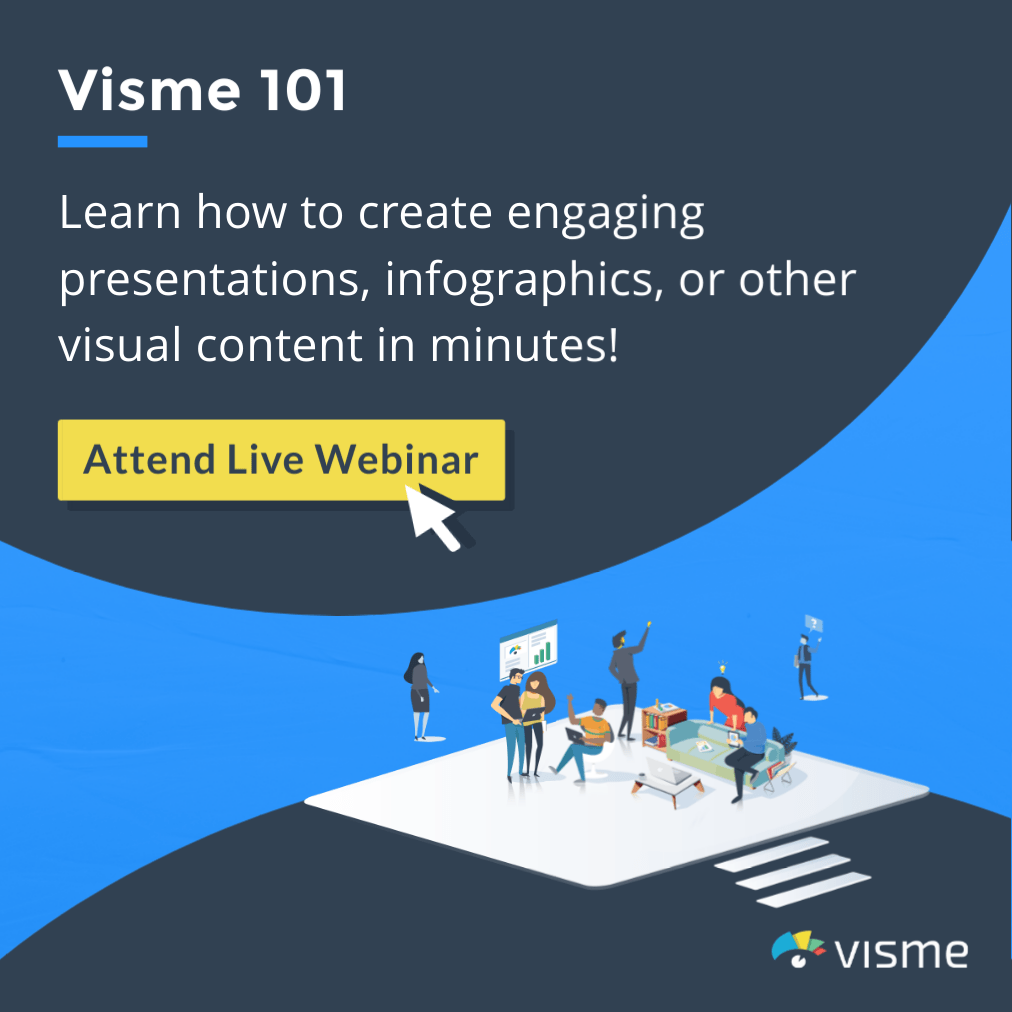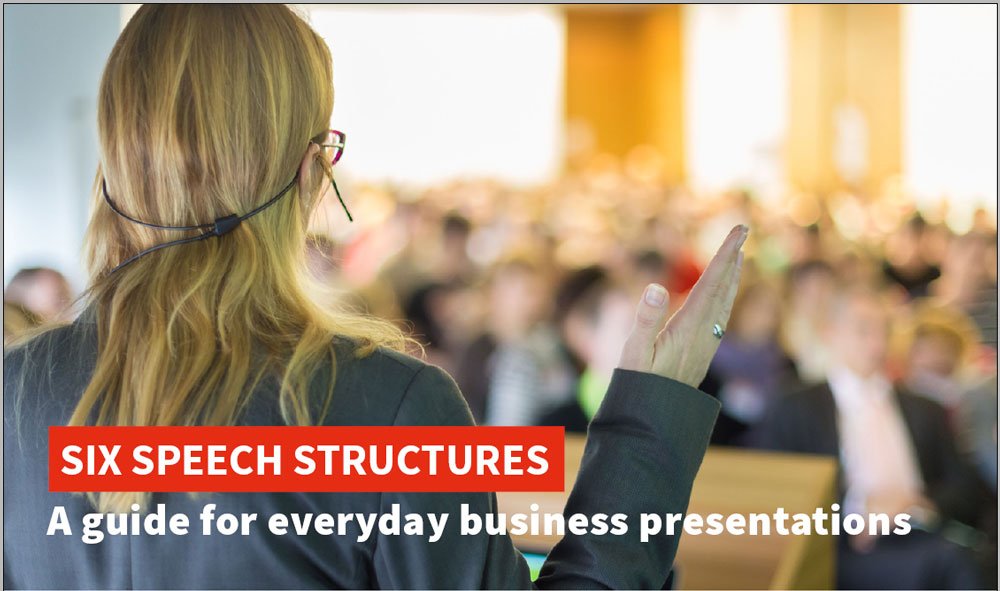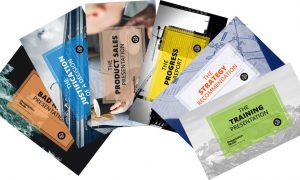How to… Use Visual Aids


In this episode of my “How to…” series I’m going to talk about using visual aids in your presentation.
Visual aids are helpful to give your audience another way of accessing the information you are trying to communicate. Rather than just ‘lend me your ears’, you are asking the audience to lend them your eyes as well. Of course we have other senses as well, but presentations that involve tastes, touch, or smell are beyond the ken of this columnist.
“Visual aids, by definition, should be visual and they must aid”.
– Khalid Aziz, “Presenting to Win”. Oak Tree Press, 2000. p56
In other words, the only reason for using a visual aid is to help your audience understand your point. As a presenter, you have access to three types of visual aids: projected images, props and stagecraft. Here are a few tips on each one.
Projected images
This is the typical domain of Powerpoint. As the old joke goes, most Powerpoint slides have no power and no point. There’s enough written (plenty of it on this website) about how to use – and abuse – Powerpoint, so I’m not going to re-tread old ground. Three key points will suffice.
- Your slides are for your audience, not you. If you need notes as a crutch to remind you what to say, by all means have some notes, but don’t broadcast your crutch to the audience. No one wants to see your crutch: keep it to yourself.
- Your slides are for your audience, not those who weren’t there. I often get requests along the lines of “I missed your presentation; please can I have a copy of your slides?” Sometimes I demur but when I do accede, the other person is often perplexed when they get a file that comprises mostly of images and no text. Because my slides are visual and designed to aid/complement what I said. They are not a summary of my presentation.
- In my opinion, there are only two good reasons for having text on a slide: first, if you have a direct quote from someone that you want to emphasise and let the audience absorb; and second, if your audience might have trouble understanding you (different language?), so having bullet points on your slide can aid understanding because people often find it easier to read in a second language, rather than listen. Alternatively, your slides might be in one language but you might present in another.
This happened to me once. I was presenting to an Italian group of leaders. Most spoke English, but some better than others. So we made a deal: I would present in English but with slides in Italian so that the key points would not be missed.
While we’re on the subject: please can we have a new rule? One key ‘power point’ per Powerpoint page, please. There is really no need for multiple bullet points on one slide. Believe it or not, there is no world shortage of slides: they don’t need conserving. Use as many as you like. Al Gore’s Inconvenient Truth presentation has several hundred slides. Dave Gorman, a comedian here in the UK, regularly uses hundreds of slides in his comedic routines. Go for it!
Props
Bringing something on stage with you can change the dynamic and really make an impact. This can be something visual that you use to illustrate a key point, or, even better, something for the audience to interact with. Props can be metaphorical or literal. But either way, they can bring your content to life and help persuade your audience to grasp your point.
And if the audience can grasp your prop, so much the better.
A few years ago, I was presenting to an Executive Team of a Tech Company. I wanted them to use an innovative communication approach: a video booklet (basically a programmable media player embedded in a book) to communicate some key messages. So I had some mock-ups made and handed them out to the Execs so that they could touch and feel them. Boom! Job done. The project launched a month later.
Stagecraft
By stagecraft I mean how you use the space, or what is called ‘blocking’ in theatre. As a presenter, you can think about how you use the stage to create visual aids. (Note: this generally only works if you are using a Lavalier microphone and are not stuck behind a podium.)
A couple of examples:
- If you have 3-4 key points you want to emphasise, stand in different spots to cover each one. This works especially well if you are talking about past, present, and future. But remember the audience perspective: if you are working in a Western environment, your audience will associate the past with the left, the present with the centre, and the future with the right. This means that from the presenter’s perspective, the order is past/right, present/centre, future/left.
- During a didactic part of your presentation, assume a position of authority: centre stage, or behind the podium. But when you are telling a story, or wish to change gear, move downstage (towards the audience) and assume a more intimate posture.
You can sometimes combine these visual techniques. Earlier this month, I was speaking at the IABC World Conference in Vancouver . During part of the Q&A I talked about the 6 Cs of Storytelling (see my previous article on this topic). To drive the point home I got six chairs and allocated one C to each chair, moving around as appropriate. This combination of props and stagecraft helped reinforce the point more strongly than any slide could have.
My key lesson is: get creative with your visual aids. But whatever you decide to do, make sure they are visual … and they aid.
If you liked this, you might also like
Visual Learning Revisited – A Simple Truth Revealed
How to ‘Prop Up’ your Next Presentation
10 Tips for Creating Great Visual Aids













